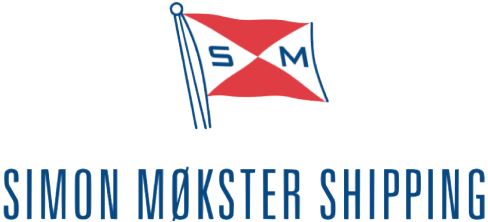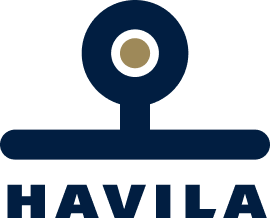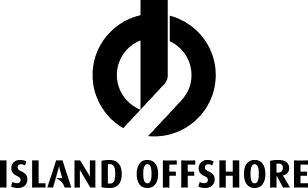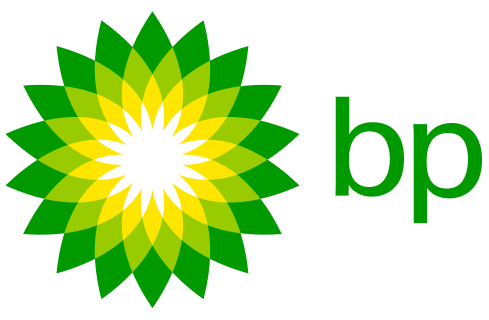Maress decarb campaign 2025
The Maress Decarb Campaign exemplifies collaborative excellence. The forward-thinking companies participating this year have all agreed that when it comes to decarb, transparency is key. Learning from and motivating each other is crucial and we are excited to see what the overall CO2 emissions reduction result will be this summer. In this friendly competition every vessel is being measured against its own unique baseline, and the vessels that improve the most wins.
Use this dashboard to keep track of the top performing offshore vessels per type as the campaign progresses. Although safety is always first, this Maress campaign puts true engagement on the agenda. Best of luck to all participants!

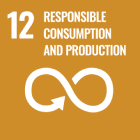

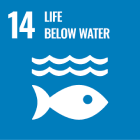
CO2 savings
Most improved, leaderboard
Most savings by mode
Most improved vessels by mode, leaderboards
Our participants
Curious about Maress and data-driven decarbonisation?
Book a demo to explore how we can support your company on your decarb journey!
Do you have any questions about the campaign?
Please contact us if you have any questions to decarb initiatives or the campaign in general.
Winners and Categories
The campaign leaderboard is categorized by vessel segment types. The vessel segments represented in the campaign are PSV, AHTS, CSV, and Other. Each vessel segment will have its own leaderboard for the following categories:
- Most Improved Vessel Overall - Top 5
- Most Efficient Vessel in Transit - Winner only
- Most Efficient Vessel in DP - Winner only
- Most Efficient Vessel in Standby - Winner only
- Most Efficient Vessel in Port - Winner only
1.1 Disclaimer:
Please note that external factors such as weather and operational requirements can affect the efficiency and improvement results for the campaign vessels. These factors are not accounted for by the campaign dashboard.
Additionally, vessel size, dimensions, and specifications play a role in performance. While the dashboard categorizes vessels into segments, this segmentation is not detailed enough to capture these variations accurately.
1.2 Improvement and Efficiency Metrics
Improvement is measured by comparing fuel consumption during the campaign with historical baseline data. This comparison estimates what the vessel's consumption would have been in the campaign if it had maintained its historic baseline consumption for the same operational profile.
Efficiency is determined by identifying which vessel uses the least amount of fuel per time in an operational mode. For the transit mode, efficiency is evaluated based on the number of kilograms of fuel consumed per nautical mile.
1.3 Filters and Data Quality
The campaign relies on the vessels' self-reported fuel consumption data. To ensure fairness and accuracy, several filters have been implemented to eliminate obvious data inaccuracies:
- Fuel consumption must fall within a specified minimum and maximum range, depending on the segment and mode.
- Vessels must have spent a minimum number of hours in an operating mode for the data to be included in the campaign.
1.4 The Role of Port Activities
Port activities play an important role in the decarbonization campaign, as fuel savings during port stays contribute to overall reductions in fuel consumption.
Vessels must spend at least 50% of their time in activities other than port, to qualify for the “Most Improved Leaderboard.” This prevents rankings from being disproportionately influenced by vessels with extended port stays.
Fuel consumption during port stays is significantly lower than during transit, dynamic positioning (DP), or standby operations. While fuel savings in port are accounted for, their impact is naturally balanced by the vessel's total operational fuel consumption.
Illustrative example: the Yxney Viking transitioned to shore power just before summer and spends the maximum permitted time in port (45 days). By consuming zero MGO while on shore power, it saves 1.5 tonnes of fuel per day.
Although the vessel has achieved a 100% reduction in port fuel consumption (and saving 67.5 tonnes of MGO) its total fuel consumption improvement across all activities is 8%.
| Yxney Viking | |||
|---|---|---|---|
| Activity | Baseline consumption | Fuel savings | % improvement |
| Port | 67,5 | 67,5 | 100 |
| Transit | 350 | 0 | 0 |
| DP | 400 | 0 | 0 |
| Standby | 25 | 0 | 0 |
| Overall | 842,5 | 67,5 | 8% |
1.5 Update frequency
Data is updated daily throughout the campaign period.
